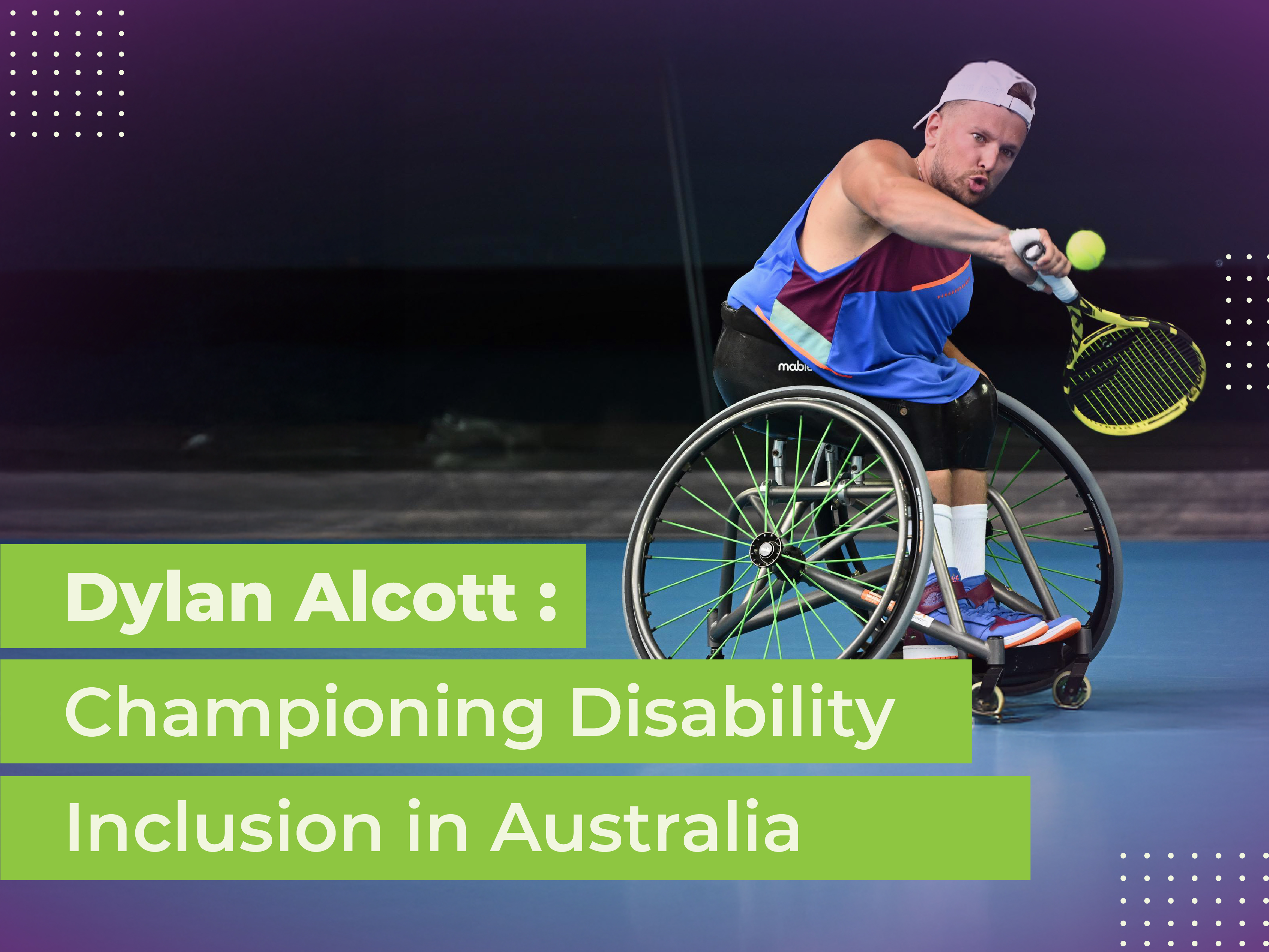Dylan Alcott: Championing Disability Inclusion in Australia

Some people lead through position; others through presence. Dylan Alcott has managed both. From the tennis court to the stage, from award podiums to conversations about representation, he has made disability visible in a country that for too long treated it as something to be looked away from. His achievements as an athlete are undeniable—Paralympic gold medals, Grand Slam titles—but his true legacy may be what he has done beyond competition: changing how Australia thinks about ability, pride, and belonging.
Beyond the Trophy
Dylan’s success in sport opened a door, but he chose to walk through it carrying more than medals. For him, visibility was never just about recognition; it was about rewriting the story of who gets to be seen. Each win on the court became a sentence in a larger conversation about inclusion, about how public attention can shift from sympathy to respect, and from charity to equality.
He has often spoken about growing up and not seeing anyone like himself in the media, on television, or in leadership. His career has, in a way, filled that silence but not to centre his own image, but to ensure that no young person with disability grows up thinking they don’t belong in the frame.
The Voice of Advocacy
What makes Dylan’s advocacy powerful is its clarity. He speaks without apology about access, about representation, about joy. He refuses to make disability a shadow word, something whispered or softened to make others comfortable. He treats it as what it is: a fact of life, a source of identity, and at times a well of creativity and resilience.
Through the Dylan Alcott Foundation and his public work, he has turned advocacy into opportunity by funding education, technology, and pathways that help people with disabilities pursue careers, art, and leadership.
But perhaps more importantly, he has changed tone: showing that advocacy can sound like celebration, not only resistance.
Changing How Australia Sees
The impact of Dylan’s visibility has been cultural as much as personal. When he was named 2022 Australian of the Year, the image of a wheelchair user accepting the nation’s most public honour reshaped a collective idea of who represents Australia. That moment did not erase barriers or end discrimination, but it pushed a door further open.
Since then, conversations about accessibility, inclusion, and representation have grown louder in workplaces, schools, and the media. His message that disability is not a deficit but a difference that can enrich communities and has begun to take root in how people speak and how organisations design their spaces.
The Work That Continues
Dylan has often said that inclusion is not about one person’s success but about systems that make success possible for everyone. That work is not finished. True accessibility still demands attention: from the design of workplaces and classrooms to the representation on screens and stages.
But his example reminds us that change begins when people stop apologising for their existence and start being heard as equals. Every conversation, every public image, every opportunity created carries that reminder forward.
A Legacy of Visibility and Belonging
Dylan Alcott’s legacy will not be measured by trophies or titles, but by the space he made for others to be seen. His story tells us that visibility is not vanity; it is a form of belonging.
By speaking openly and living publicly, he has helped Australia see that disability is not the opposite of ability, it is part of what it means to be human.
.svg)

